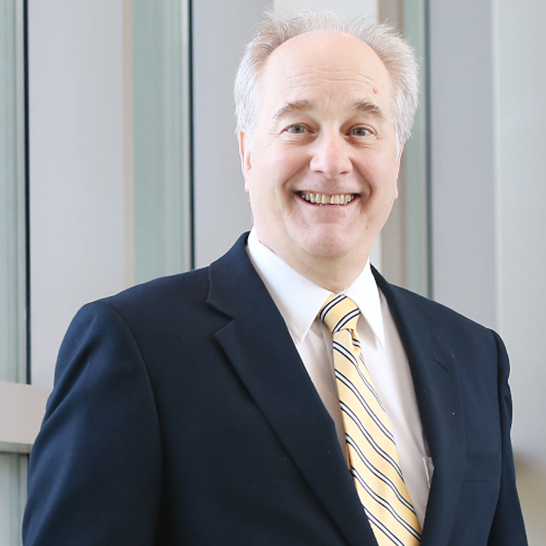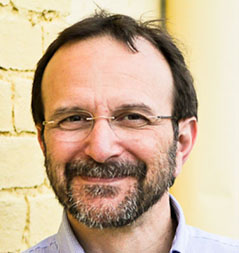The Microbials reveal how a chemosynthetic symbiont stores energy for its marine flatworm host, and extraction of nutrients from host cells by E. coli injectisome components.
The Microbials discuss how ambrosia beetles utilize ethanol to farm fungi, and how cleaved cochlin protein sequesters bacteria in the inner ear to preserve hearing function.
Michael and Vincent discuss the finding of immunity to Cas9 protein in humans, and a potential role for an oral bacterium in Alzheimer’s disease.
How a bacterium helps dengue virus replicate in the mosquito gut, and minicells as a damage disposal mechanism in E. coli.
The TWiM team explore how Lactobacillus reuteri can rescue social deficits in three mouse models of autism spectrum disorder, and the role of Salmonella persisters in undermining host defenses during antibiotic treatment.
The TWiM team reveals an extremely low rate of mutation in a 2500 year old, 185 acre fungus in Michigan, and how a host-produced quorum sensing autoinducer controls the phage switch between lysis and lysogeny.
The TWiM team reveals the oldest human plague from 4,900 years ago in Sweden, and engineering E. coli to become an endosymbiont in yeast, modeling the evolution of mitochondria.
The TWiM-opods consider two stories about exosomes, vesicles that are shed from cells: those that eliminate airway pathogens, and those from the plants we eat that shape our gut microbiome.
The TWiM team considers the state of the world’s fungi as revealed by a report from the Kew Royal Botanical Gardens, and how Salmonella loses motility to evade host defenses.
The TWiM rock stars show how to modify gram-positive antibiotics so they can kill gram-negative cells, and bacteria that have both DNA and RNA in their genome.




